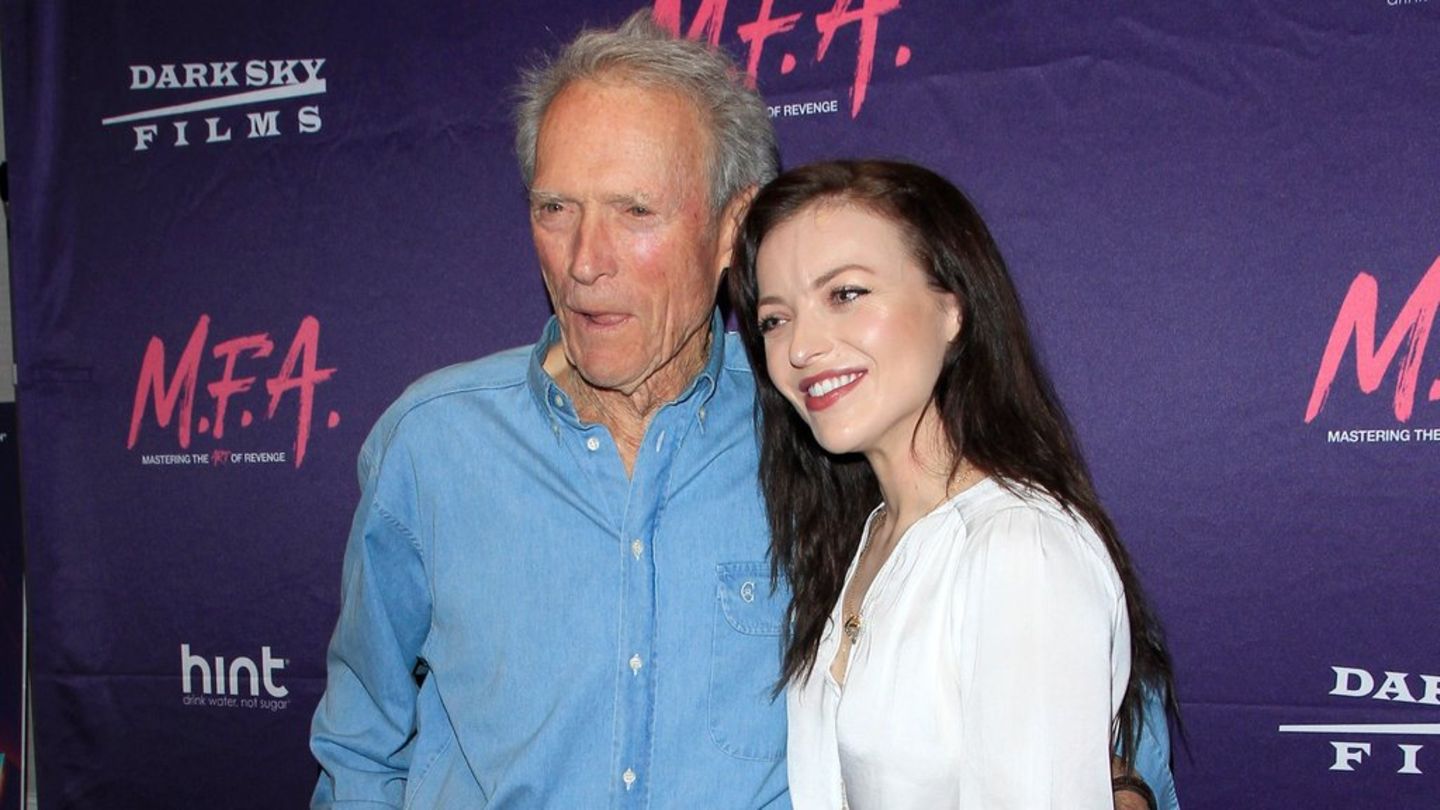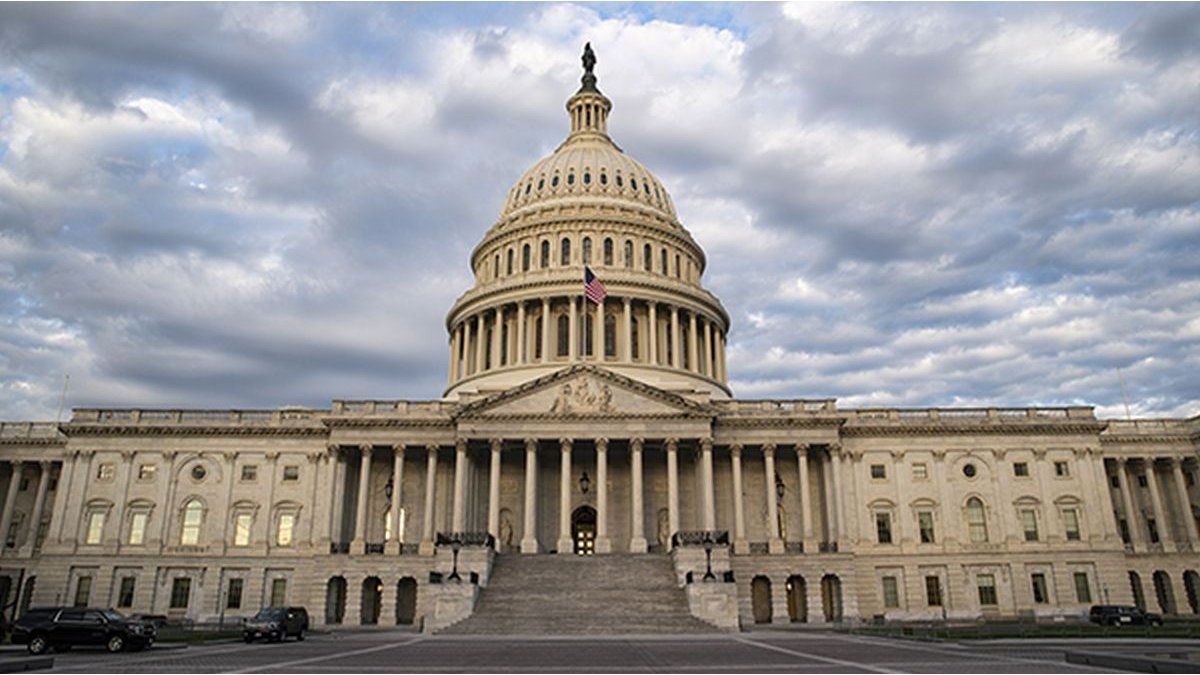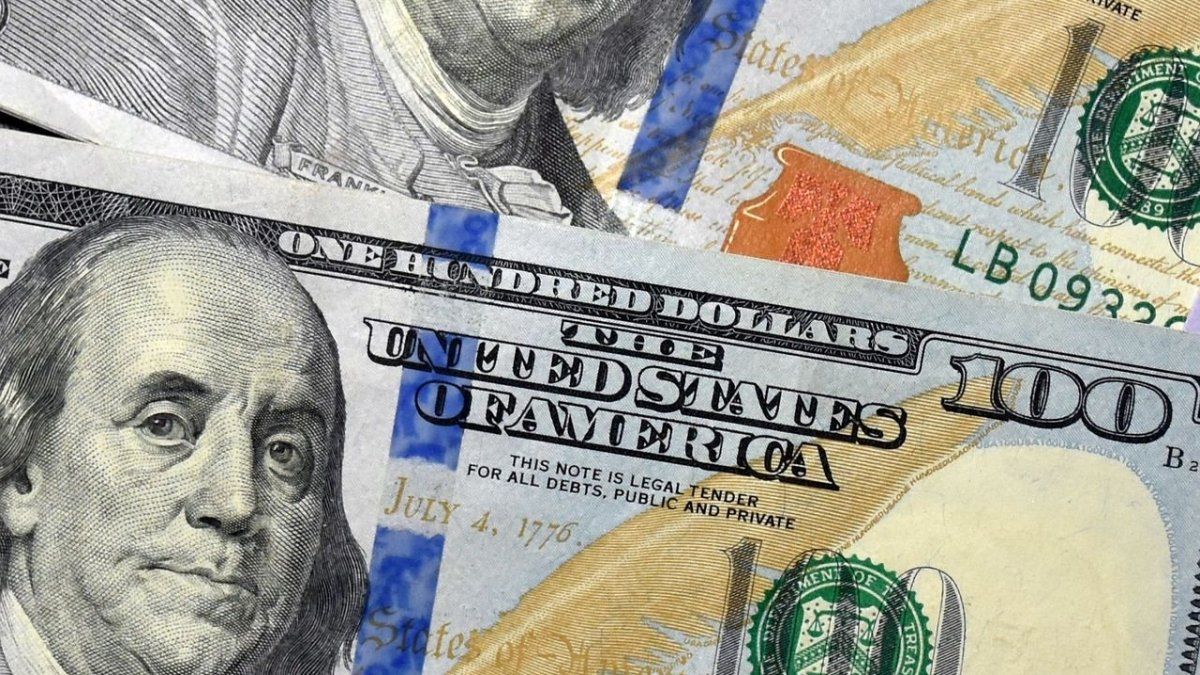I have been working in the news industry for over 6 years, first as a reporter and now as an editor. I have covered politics extensively, and my work has appeared in major newspapers and online news outlets around the world. In addition to my writing, I also contribute regularly to 24 Hours World.
Menu
Awards: Nobel Prize winner warns against breaking nuclear weapons taboo
Categories
Most Read
Citizens’ benefits and pensions: The Union and the SPD are changing that now
October 10, 2025
No Comments
Social: Citizens’ money reform should be implemented quickly
October 10, 2025
No Comments
Nobel Peace Prize winner: Venezuela’s Iron Lady: Nobel Prize for María Corina Machado
October 10, 2025
No Comments
Trump can still get the Nobel Prize – it’s up to him
October 10, 2025
No Comments
Award: Venezuelan María Corina Machado receives Nobel Peace Prize
October 10, 2025
No Comments
Latest Posts

Daughter Francesca has second child: Clint Eastwood has become a grandfather again
October 10, 2025
No Comments
Lisa HarrisI am an author and journalist who has worked in the entertainment industry for over a decade. I currently work as a news editor

The US opposition presented a project to stop aid to the government of Javier Milei
October 10, 2025
No Comments
October 10, 2025 – 17:01 Democratic Senator Elizabeth Warren presented a bill to block the US$20 billion swap announced by the US Treasury to the

Until the end of the year, dollar-linked bonds mature for the equivalent of $8.5 billion: how does the US Treasury aid play?
October 10, 2025
No Comments
Until not long ago, The Government made a decision that could be risky: offer instruments tied to the dollar, in an attempt to contain post-election
24 Hours Worlds is a comprehensive source of instant world current affairs, offering up-to-the-minute coverage of breaking news and events from around the globe. With a team of experienced journalists and experts on hand 24/7.

